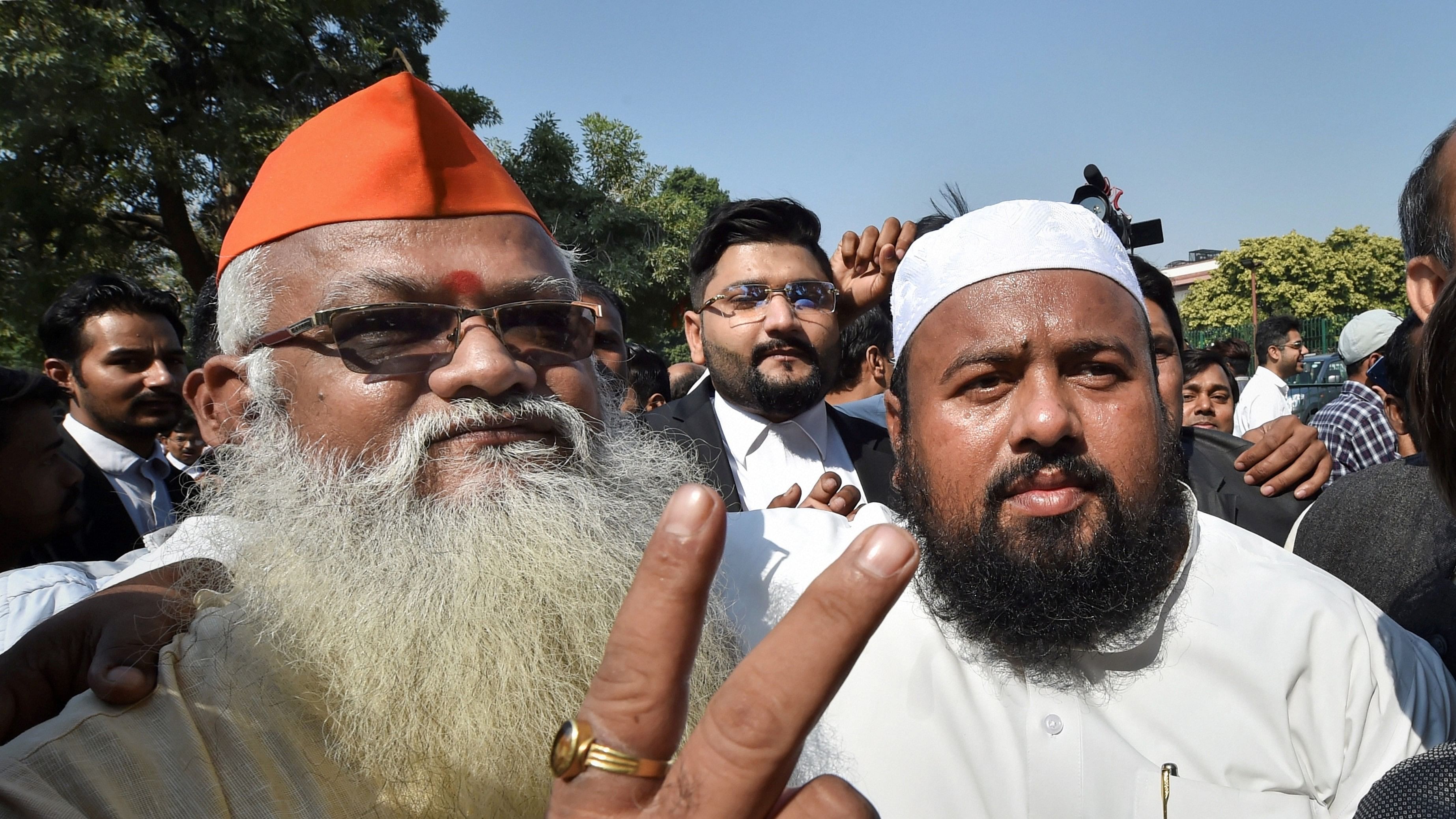
According to census figures, the decadal growth rate for Muslims has been declining over the past three decades.
Credit: PTI Photo
New Delhi: Population growth rates are not linked to religion and the Total Fertility Rate (TFR) among all religious groups is declining, with the highest decrease observed among Muslims, NGO Population Foundation of India has said amid a debate over the increase in the population of minorities in India.
According to a recent working paper compiled by the Economic Advisory Council to the Prime Minister (EAC-PM), the share of the Hindu population decreased by 7.82 per cent between 1950 and 2015 in India, while that of Muslims increased by 43.15 per cent, suggesting that there is a conducive environment in the country to foster diversity.
The study led to a slugfest among political parties, with the ruling Bharatiya Janata Party (BJP) alleging that the "appeasement politics" of the Congress led to the increase in the population of Muslims in the country.
In a statement, the Population Foundation of India said it is deeply concerned about recent media reports "misreporting" the findings from the study to spread alarm regarding the growth of the Muslim population in the country.
"The study's focus on changes in the share of majority and minority religious groups globally over a 65-year period should not be used to incite fear or discrimination against any community," it said.
According to census figures, the decadal growth rate for Muslims has been declining over the past three decades.
Specifically, the decadal growth rate for Muslims decreased from 32.9 per cent in 1981-1991 to 24.6 per cent in 2001-2011.
"This decline is more pronounced than that of Hindus, whose growth rate fell from 22.7 to 16.8 per cent over the same period," the NGO said.
The census data is available from 1951 to 2011 and is quite similar to the data in this study, indicating that these numbers are not new, the organisation said.
Noting that the TFR among all religious groups is declining, it said the highest decrease in the TFR from 2005-06 to 2019-21 was observed among Muslims, which dropped by 1 percentage point, followed by Hindus at 0.7 percentage point.
"This trend underscores that the fertility rates are converging across different religious communities," it said.
The NGO, which promotes and advocates for the effective formulation and implementation of gender-sensitive population, health and development strategies and policies, said such interpretations are not only inaccurate but also misleading and baseless.
"The media's selective portrayal of data to highlight the increase in the Muslim population is an example of misrepresentation that ignores broader demographic trends," said Poonam Muttreja, executive director, Population Foundation of India.
Fertility rates are closely linked to education and income levels, not religion, she added.
"States with better access to education, healthcare and socio-economic development, such as Kerala and Tamil Nadu, exhibit lower TFRs across all religious groups. For example, the TFR among Muslim women in Kerala is lower than the TFR among Hindu women in Bihar," the NGO said.
Successful family planning programmes in Muslim-majority countries like Bangladesh and Indonesia have resulted in lower birth rates compared to India. These countries have achieved this through higher levels of female education, greater employment opportunities and better access to contraceptive choices. This clearly shows that fertility decline is influenced by development factors rather than religious affiliation, Population Foundation of India added.
"The most effective way to manage population growth is through investment in education, economic development and gender equity. Our analysis indicates that women's education is the most critical factor in reducing fertility rates. Therefore, interventions should focus on providing education and family planning services irrespective of religion," Muttreja said.
There are several population issues the world is grappling with.
"Population Foundation of India urges the media to refrain from using demographic studies to create fear and division. It is essential to present data accurately and contextually, highlighting the role of education, income and socio-economic development in shaping demographic trends. We advocate for policies that promote inclusive development and gender equity to ensure a balanced and harmonious society," the NGO said.